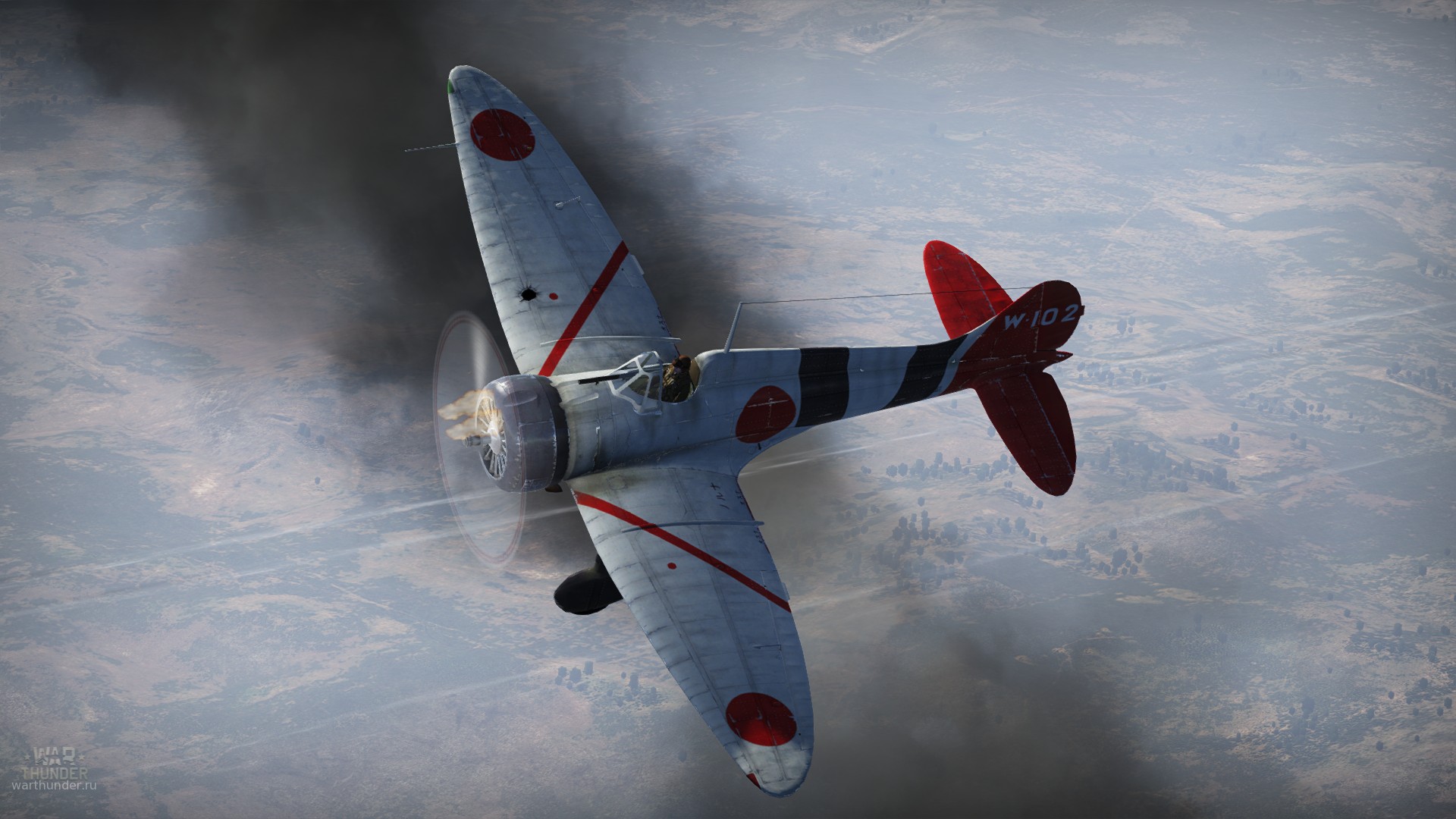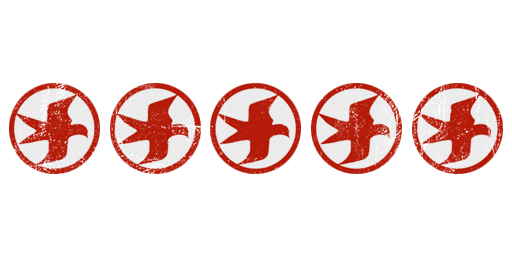
- For PC
- For MAC
- For Linux
- OS: Windows 10 (64 bit)
- Processor: Dual-Core 2.2 GHz
- Memory: 4GB
- Video Card: DirectX 11 level video card: AMD Radeon 77XX / NVIDIA GeForce GTX 660. The minimum supported resolution for the game is 720p.
- Network: Broadband Internet connection
- Hard Drive: 23.1 GB (Minimal client)
- OS: Windows 10/11 (64 bit)
- Processor: Intel Core i5 or Ryzen 5 3600 and better
- Memory: 16 GB and more
- Video Card: DirectX 11 level video card or higher and drivers: Nvidia GeForce 1060 and higher, Radeon RX 570 and higher
- Network: Broadband Internet connection
- Hard Drive: 75.9 GB (Full client)
- OS: Mac OS Big Sur 11.0 or newer
- Processor: Core i5, minimum 2.2GHz (Intel Xeon is not supported)
- Memory: 6 GB
- Video Card: Intel Iris Pro 5200 (Mac), or analog from AMD/Nvidia for Mac. Minimum supported resolution for the game is 720p with Metal support.
- Network: Broadband Internet connection
- Hard Drive: 22.1 GB (Minimal client)
- OS: Mac OS Big Sur 11.0 or newer
- Processor: Core i7 (Intel Xeon is not supported)
- Memory: 8 GB
- Video Card: Radeon Vega II or higher with Metal support.
- Network: Broadband Internet connection
- Hard Drive: 62.2 GB (Full client)
- OS: Most modern 64bit Linux distributions
- Processor: Dual-Core 2.4 GHz
- Memory: 4 GB
- Video Card: NVIDIA 660 with latest proprietary drivers (not older than 6 months) / similar AMD with latest proprietary drivers (not older than 6 months; the minimum supported resolution for the game is 720p) with Vulkan support.
- Network: Broadband Internet connection
- Hard Drive: 22.1 GB (Minimal client)
- OS: Ubuntu 20.04 64bit
- Processor: Intel Core i7
- Memory: 16 GB
- Video Card: NVIDIA 1060 with latest proprietary drivers (not older than 6 months) / similar AMD (Radeon RX 570) with latest proprietary drivers (not older than 6 months) with Vulkan support.
- Network: Broadband Internet connection
- Hard Drive: 62.2 GB (Full client)

From 13:00 GMT (5:00 PST) March 20 to 13:00 GMT (5:00 PST) March 21
30% discount on the following Japanese Navy fighters:
Hagiri's A5M4 (premium), A5M4, A6M2, A6M3, A6M3 mod.22, A6M3 mod.22ko, A6M5
 Matsuo Hagiri was born in Shizuoka Prefecture on the southern coast of the Japanese island of Honshu in November 1913. After finishing school he worked briefly as a fireman before joining the Enlisted ranks of the Imperial Japanese Navy. A gifted aviator, Hagiri was streamed onto single seat fighters after the excelling during the notoriously harsh and competitive training regime of Japanese naval aviators. He graduated from flying training in 1935; by 1939 he had risen through the ranks to become a Petty Officer – 1st Class and flew the Mitsubishi A5M4 fighter as part of the carrier Soryu’s embarked fighter squadron. Soryu was stationed in home waters for training after a busy period of operations during the Second Sino-Japanese War. In August 1940 Hagiri joined the 12th Ku - his unit were shortly to equip with the new Mitsubishi A6M ‘Zero’ – a move which was met with some resentment at first by some pilots as the older A5M4 was able to outmaneuver the newer fighter in a variety of scenarios during mock dog fights. Hagiri was one of the pilots selected to transport the first batch of new Zero fighters across to Hankow, China for operational use.
Matsuo Hagiri was born in Shizuoka Prefecture on the southern coast of the Japanese island of Honshu in November 1913. After finishing school he worked briefly as a fireman before joining the Enlisted ranks of the Imperial Japanese Navy. A gifted aviator, Hagiri was streamed onto single seat fighters after the excelling during the notoriously harsh and competitive training regime of Japanese naval aviators. He graduated from flying training in 1935; by 1939 he had risen through the ranks to become a Petty Officer – 1st Class and flew the Mitsubishi A5M4 fighter as part of the carrier Soryu’s embarked fighter squadron. Soryu was stationed in home waters for training after a busy period of operations during the Second Sino-Japanese War. In August 1940 Hagiri joined the 12th Ku - his unit were shortly to equip with the new Mitsubishi A6M ‘Zero’ – a move which was met with some resentment at first by some pilots as the older A5M4 was able to outmaneuver the newer fighter in a variety of scenarios during mock dog fights. Hagiri was one of the pilots selected to transport the first batch of new Zero fighters across to Hankow, China for operational use.
However, Hagiri persevered and on August 19th 1940 was one of the pilots who flew with the 12th Air Group in the historic combat debut of the legendary fighter. The mission, led by Lieutenant Tomotsu Yokoyama, involved twelve A6M fighters escorting a bomber force to Chunking. Whilst the Japanese aircraft were not engaged in air-to-air combat the Zero did stun the world by establishing a new record for the longest distance escort mission flown by a single engine fighter at over 1000 nautical miles. However, when the Zero saw its combat debut the next month with Japanese naval pilots claiming 27 Chinese I-15s and I-16s shot down without loss in a single engagement, Hagiri – like his peers – found a new found confidence and respect in his aircraft.
By now a confident and flamboyant character (he grew a long, waxed moustache giving rise to his nickname ‘Mustachio’) Hagiri joined three other pilots from his unit in a dangerous prank on October 4th, 1940. The four Zero pilots flew to the Chinese airbase at Taipingsze, Chengtu where the four Japanese pilots landed, jumped out of their aircraft and attempted to vandalize a row of parked Chinese aircraft and set fire to the base command post. The alarm was swiftly raised and the four Japanese pilots were forced to sprint for their Zeros, bullets whistling past them as they fled. However, Hagiri still managed to find an opportunity to break away from his comrades and engage three Chinese fighters alone, shooting down two of them before heading for home. By the time Hagiri was rotated out of combat and returned to Japan he had shot down seven Chinese aircraft. With the outbreak of hostilities against the British Commonwealth and the United States, Hagiri was employed in Japan as an instructor.
The next busy period of operations for Hagiri came in July 1943 when, now promoted to Warrant Officer, he flew as part of the 204th Air Group in the Solomon Islands. On September 23rd Hagiri flew as part of a twenty seven aircraft Wing to intercept a combined American/Australian bombing raid against Kahili Airfield in Papua New Guinea and its surrounding anti-aircraft defences. Hagiri shot down two F4U Corsairs of the US Marine Corps (possibly three, according to some sources), but was so severely injured that his treatment required him to return to Japan. After recovering, Hagiri remained in Japan as a test pilot. However, he did see combat again when, along with several other test pilots, he was involved in defensive operations against American bombing raids on the mainland, during which he claimed two B-29 Superfortresses destroyed. In April 1945 he was wounded again by defensive fire from a B-29; this would be Hagiri’s last flight.
Matsuo Hagiri is credited with between thirteen and fifteen victories; he passed away on January 15th 1997.

The Decal (to be added in a future update) – "Japanese swallow victory markings of the 12th Kokutai". There was a huge amount of variety in Japanese kill markings, ranging from icons such as these to aircraft silhouettes corresponding to the downed enemy aircraft. It was also a common Japanese custom to credit the kill to the aircraft rather than the pilot, as Japanese aviators did not fly as regularly with the same aircraft as their western counterparts.
Credits for decals going to: CharlieFoxtrot
The author
 Mark Barber, War Thunder Historical Consultant
Mark Barber, War Thunder Historical Consultant
Mark Barber is a pilot in the British Royal Navy's Fleet Air Arm. His first book was published by Osprey Publishing in 2008; subsequently, he has written several more titles for Osprey and has also published articles for several magazines, including the UK's top selling aviation magazine 'FlyPast'. His main areas of interest are British Naval Aviation in the First and Second World Wars and RAF Fighter Command in the Second World War. He currently works with Gaijin Entertainment as a Historical Consultant, helping to run the Historical Section of the War Thunder forums and heading up the Ace of the Month series.



